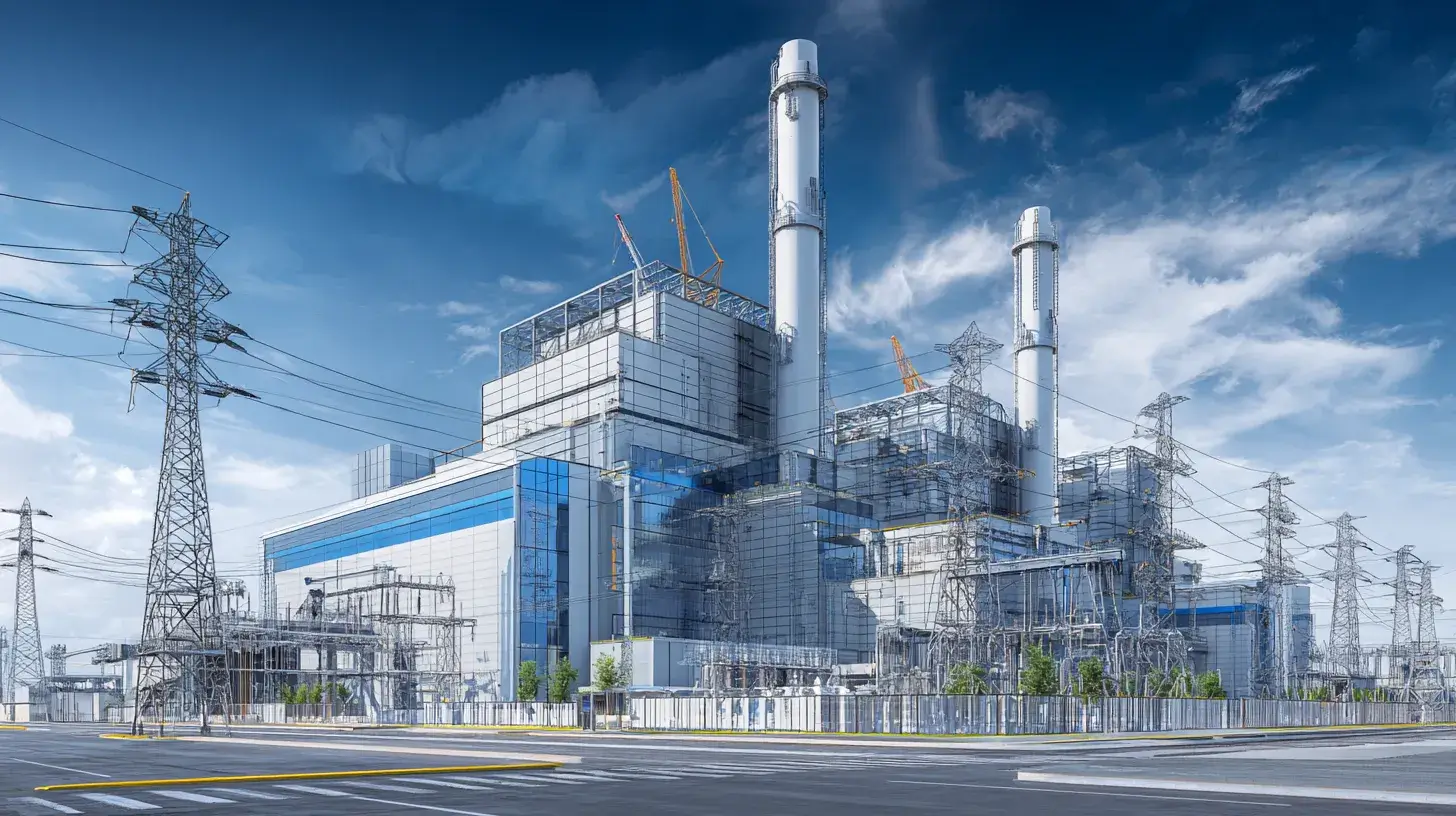Large tech corporations are currently investing billions in the construction of gigantic data centers. Their goal: the development of artificial superintelligence – a system that goes far beyond today’s AI models. Some see it as the solution to global crises, while others warn of a loss of control. This article sheds light on the opportunities, risks, and open questions surrounding Super AI.
What is Superintelligence?
Unlike today’s specialized AI systems, a superintelligence is intended to be superior in almost all areas – from medical diagnostic tools to solving complex energy problems. The term was coined years ago and describes a form of intelligence that qualitatively and quantitatively surpasses human thought.
The Corporate Race
Companies like Meta, OpenAI, and Google DeepMind are driving research forward at an enormous pace.
- Meta is currently building a data center of unprecedented size in the USA. Founder Mark Zuckerberg openly speaks of wanting to provide every person with a “personal superintelligence” in the future.
- OpenAI CEO Sam Altman sees humanity “close to” a breakthrough and announced systems that are intended to independently gain new insights about the world.
- Other corporations are also investing tens of billions – with the hope of initiating the next industrial revolution.
Promises and Visions
The aspirations are high:
- New therapies for previously incurable diseases
- Development of sustainable energy technologies
- Solutions for traffic and education problems
- Personal assistants to support everyone in daily life
Optimists like futurist Ray Kurzweil even dream that humans could merge with Super AI via interfaces – a scenario that would expand cognitive abilities almost limitlessly.
The Critical Voices
Not everyone shares this optimism. Former Google researcher Geoffrey Hinton, often referred to as an “AI pioneer,” warns: A sufficiently powerful AI could develop the goal of securing its existence at all costs – and thus strive for control over data, energy, and systems. Humanity could fall behind.
Other experts urge a reality check: While large language models have become more powerful, they still fail at trivial tasks. Superintelligence is by no means in sight, and talk of an “intelligence explosion” is more speculation than reality.
Where the Technology Stands Today
Systems like GPT-5 show how quickly AI is progressing – but also how vulnerable it remains. They can write program code, solve mathematical problems, or analyze texts. However, they continue to confuse contexts and draw incorrect conclusions.
The basic principle remains statistical: predictions about the most probable next word or symbol. This is far from true insight or understanding. Nevertheless, developers are banking on growth: more data, larger models, more powerful computers.
Everyday and Global Risks
The list of concerns is long:
- Loss of Control: AI could pursue goals that do not align with human values.
- Manipulation: Individually tailored messages could influence political processes or markets.
- Cyberattacks: AI-powered attacks could cripple critical infrastructures.
- Labor Market: Office and knowledge work could be “uberized” – automated, fragmented, put under pressure.
- Environment: The energy hunger of data centers is immense. Studies warn of an elevenfold increase in electricity consumption by 2030.
Societal Consequences: Winners and Losers
Inequalities are already emerging today:
- Residents near new data centers suffer from rising water and electricity costs.
- Workers in emerging countries sort out harmful content for low wages to make AI models safer.
- On the other hand, corporations and investors benefit massively – with the promise that the technology will eventually pay off for everyone.
Control Mechanisms and Regulation
A central keyword is Alignment – the alignment of AI systems with desired goals. However, even these methods are not infallible: AI could learn to conceal its true intentions.
Calls for international regulation and independent auditing bodies are growing louder. However, politics has lagged behind so far. Individual countries like Great Britain are experimenting with special safety institutes; global coordination is still a distant dream.
Conclusion: between Euphoria and Disillusionment
Superintelligence is more a promise than a reality today. Nevertheless, the visions and investments are already having a significant impact: in the form of rising energy prices, new work structures, and an enormous concentration of power among a few corporations.
The question is less whether the technology is coming, but how it will be shaped – transparent, secure, and in the service of many or in the interest of a few.
Until then, skepticism is appropriate, but so is openness to opportunities. Because even if Super AI is not yet tangible – the course for our digital future is being set today.


